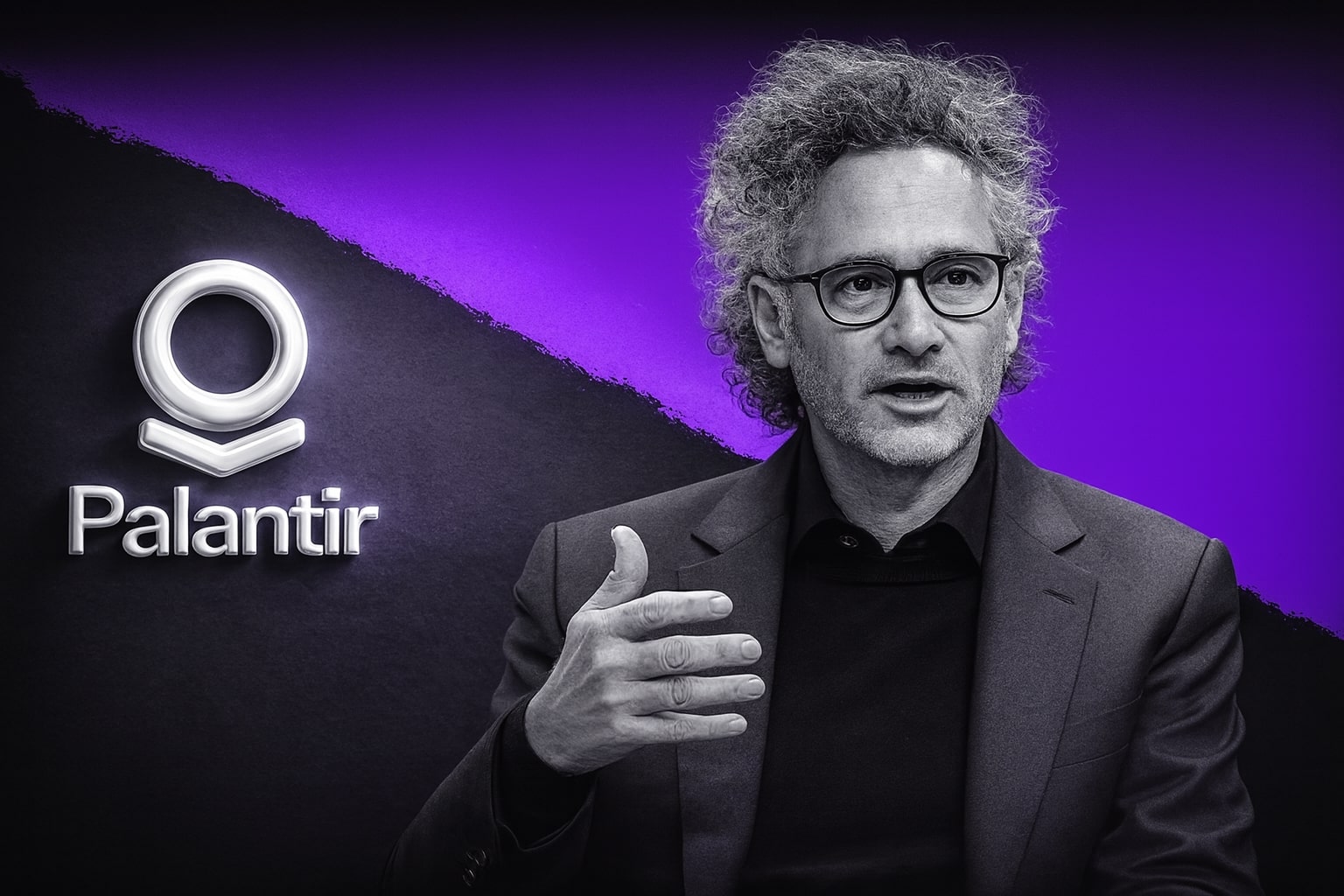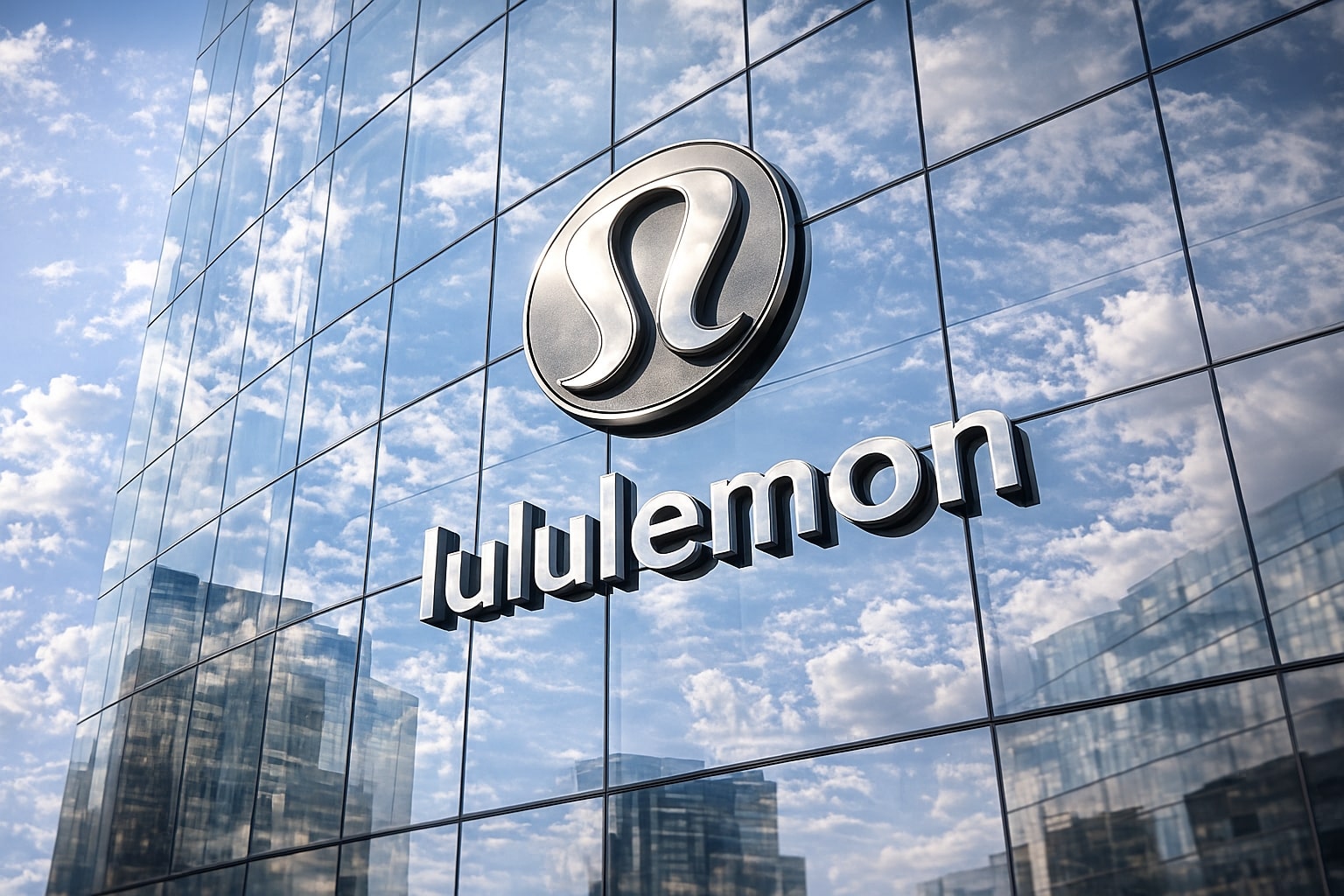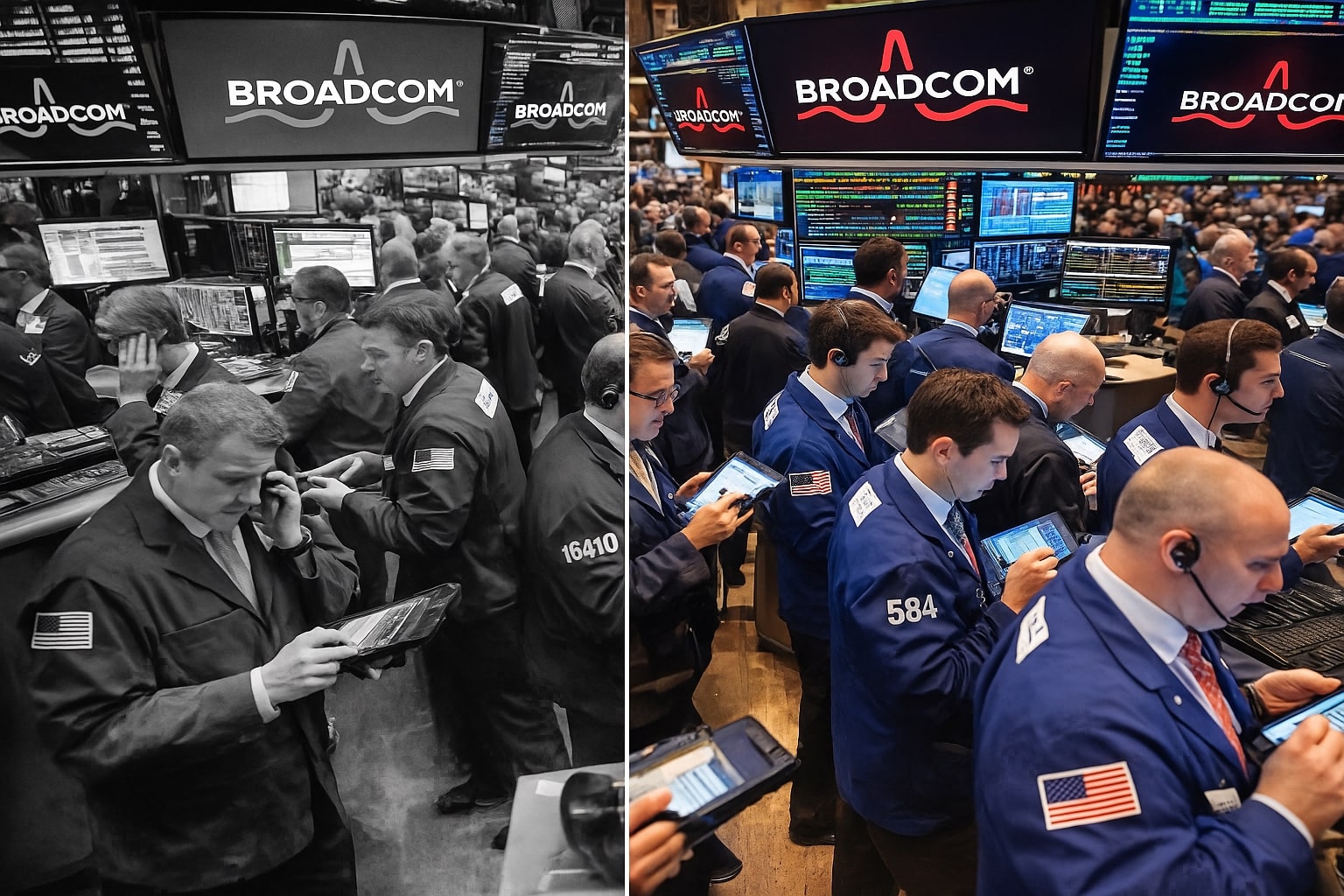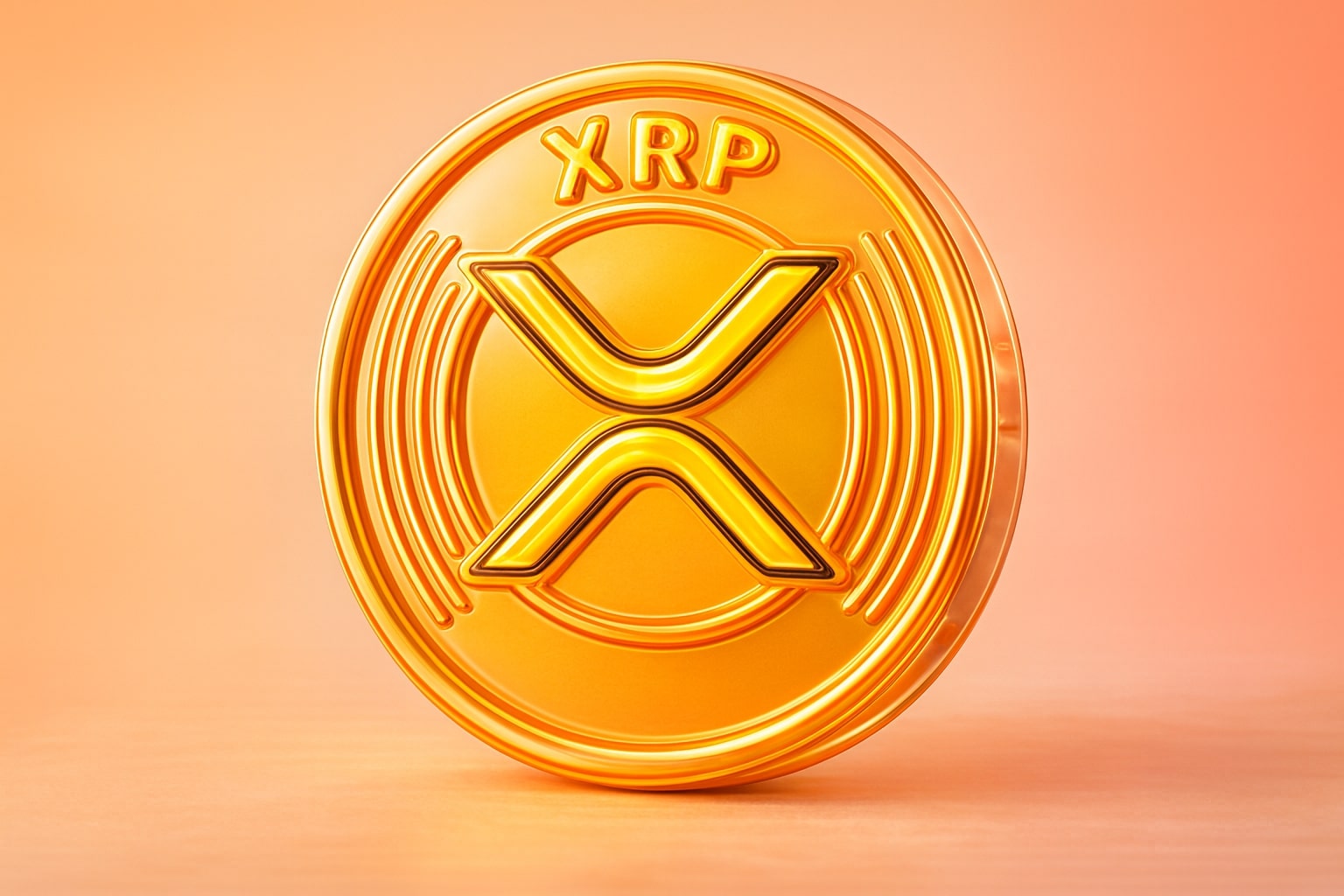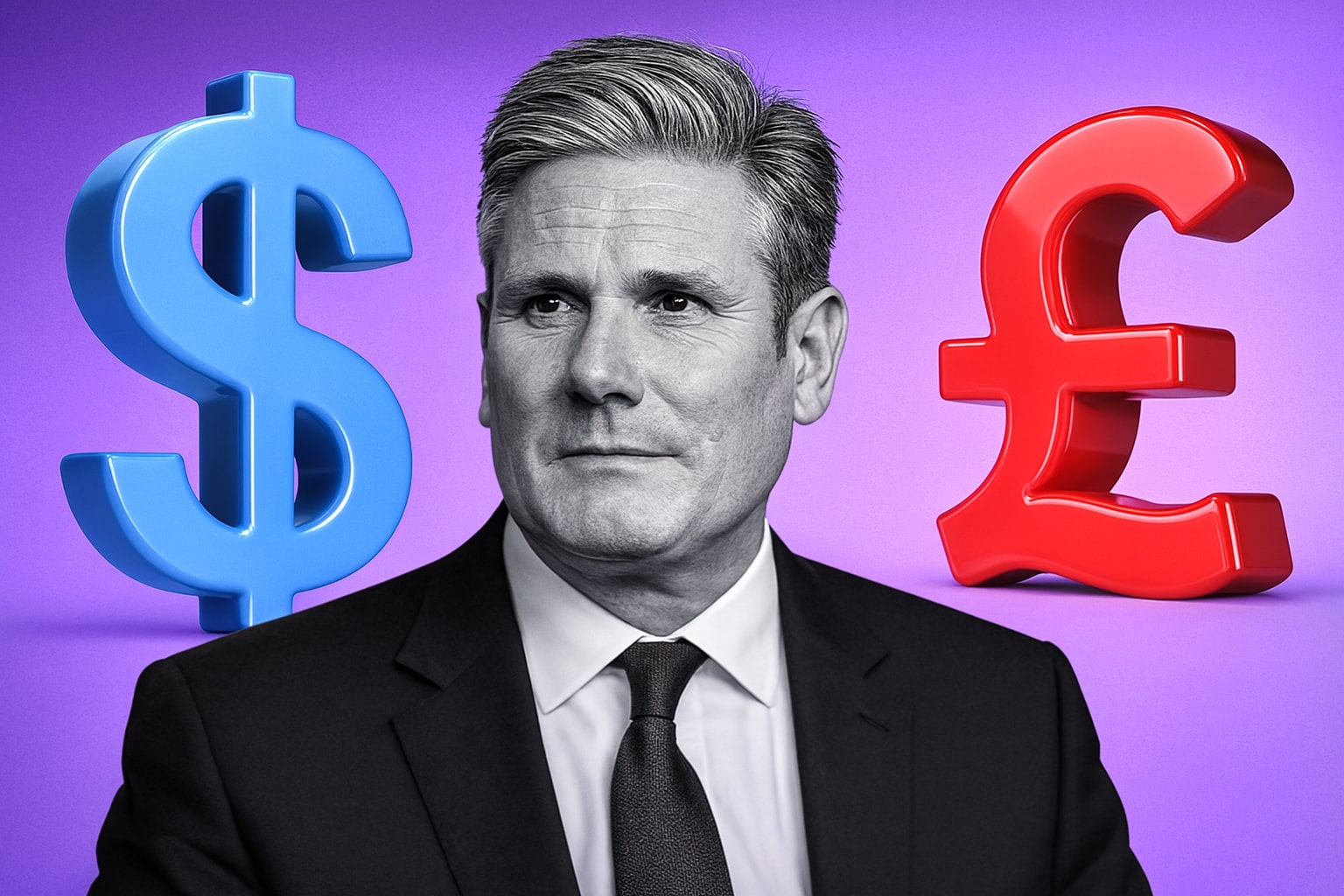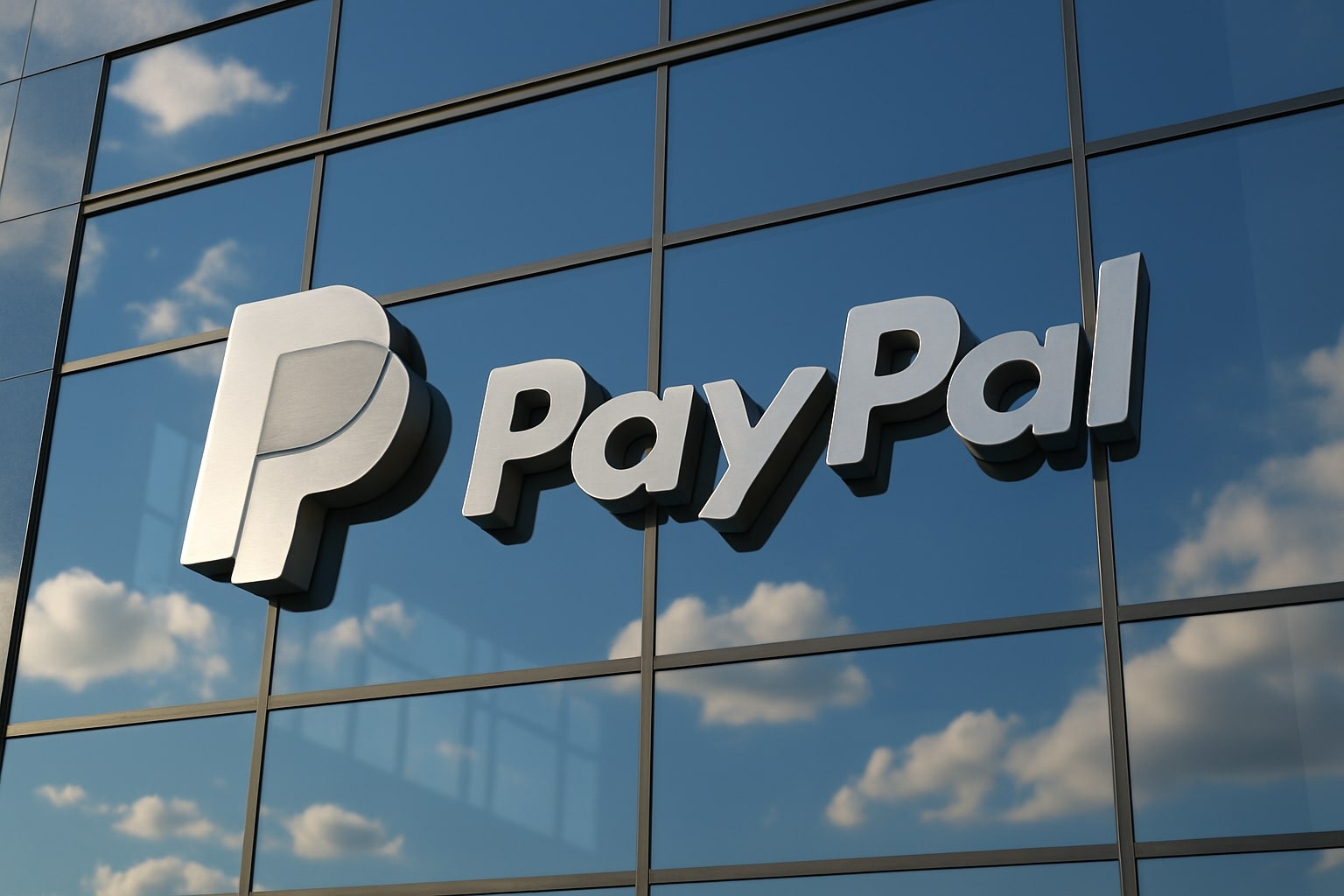
PayPal Stock Price Forecast – PYPL Rises to $67.41 as Google Deal and $15B Buyback Reinforce Growth Story
PayPal Holdings (NASDAQ:PYPL) gains traction after its Google partnership, $7B BNPL receivables sale, and a $15B buyback plan, sending the stock to $67.41 | That's TradingNEWS
PayPal (NASDAQ:PYPL) Rebounds to $67.41 as Buybacks, Google Partnership, and BNPL Growth Reignite Investor Confidence
PayPal Holdings Inc. (NASDAQ:PYPL) surged 2.06% to $67.41 on October 17, extending gains after a series of bullish catalysts reignited optimism across the fintech sector. The stock, which has traded between $55.85 and $93.64 over the past year, now commands a market capitalization of $64.40 billion, supported by improving profitability and strategic realignment under CEO Alex Chriss. The momentum comes as PayPal deepens its partnership with Alphabet’s Google (NASDAQ:GOOGL), accelerates its $15 billion share repurchase program, and offloads credit exposure through a $7 billion BNPL portfolio sale to Blue Owl Capital — collectively reinforcing its transition toward a leaner, high-margin business model.
Revenue Growth and Profitability Strengthen Core Operations
For the June 2025 quarter, PayPal (PYPL) reported $8.29 billion in revenue, marking a 5.11% year-over-year increase, while net income climbed 11.79% to $1.26 billion, translating to an earnings per share (EPS) of $1.40, up 17.65%. The net profit margin expanded to 15.21%, signaling margin recovery as cost optimization measures take hold. Operating expenses fell to $1.83 billion, representing a modest 3.85% rise, underscoring disciplined cost control despite inflationary headwinds. The company’s EBITDA reached $1.84 billion, improving 9.99% year-over-year, and the effective tax rate settled at 17.53%. These figures reflect PayPal’s ability to stabilize earnings amid intense competition and macro uncertainty, particularly from Apple Pay, Stripe, and other BNPL providers.
Balance Sheet Reinforcement and Cash Flow Pressures
PayPal ended the quarter with $10.01 billion in cash and short-term investments, down 26.5% year-over-year as it aggressively deployed capital toward share repurchases and strategic investments. Total assets fell slightly to $79.78 billion, while total liabilities decreased 6.02% to $59.58 billion, improving the company’s leverage profile. Total equity held firm at $20.20 billion, with shares outstanding declining to 955.38 million, reflecting the impact of buybacks. The price-to-book ratio stands at 3.14, and returns on assets (4.96%) and capital (12.11%) underscore solid capital efficiency. However, the sharp 73% decline in free cash flow to $269 million highlights transitional pressure as cash from operations dropped 41% to $898 million, primarily due to higher restructuring outlays and one-time technology investments tied to the Google integration.
Strategic Transformation Through Google Partnership
PayPal’s new multi-year collaboration with Google is emerging as the company’s most consequential growth driver in years. The agreement will integrate PayPal’s payment infrastructure into Google Cloud, Play, and Ads, positioning PYPL as a key processor across Google’s ecosystem. The firms will also co-develop AI-driven shopping tools designed to personalize commerce and enhance checkout conversions — a venture that could redefine digital payments through agentic commerce technology. While the market response has been restrained, with the stock rising just 3% on announcement day before stabilizing, analysts view this as a multi-year structural catalyst. It expands PayPal’s transaction network and merchant exposure, directly supporting long-term revenue and margin expansion.
Buybacks and Financial Engineering to Boost EPS
One of PayPal’s most potent catalysts remains its aggressive share repurchase program. Having repurchased 92 million shares in 2024 for $6 billion, the company followed up with a $15 billion authorization with no expiration date. This move reduced outstanding shares by 16% from 1.10 billion in 2023 to 955 million in 2025, creating significant leverage on EPS and intrinsic value. With free cash flow historically above $5 billion annually, these buybacks are expected to materially enhance shareholder returns and drive valuation rerating. The firm’s P/E ratio of 14.43 remains substantially below sector peers trading around 23x, suggesting a potential fair value near $143 per share, more than 100% above current levels based on discounted cash flow models using an 8% rate and 3% terminal growth.
Buy Now, Pay Later (BNPL) and Venmo Momentum Reinforce Ecosystem
PayPal’s BNPL unit, branded as PayPal Pay Later, continues to gain market share among Gen Z and millennial users, who increasingly prefer installment options over credit cards. Global BNPL volume rose 20% year-over-year, reflecting resilient consumer engagement. The $7 billion sale of U.S. BNPL receivables to Blue Owl Capital transitions PayPal toward a “light balance sheet” model, offloading credit risk while maintaining underwriting and servicing control — a capital-efficient structure that protects margins. Meanwhile, Venmo maintains double-digit revenue growth, driven by stronger merchant adoption and card-linked payments, while cross-selling initiatives are reviving activity among previously dormant users, expanding PayPal’s total addressable market across over 434 million active accounts.
Operational Risks, Regulatory Pressures, and Cost Restructuring
Despite the upbeat financial trajectory, PayPal (PYPL) faces ongoing regulatory challenges and operational risks. The company paid a $2 million cybersecurity fine in 2025 after a data exposure incident involving 35,000 users’ tax forms, following a $7.7 million OFAC settlement in 2020 related to legacy sanctions compliance lapses. These episodes highlight persistent exposure to fintech regulatory scrutiny. Rising debt — now at $11.3 billion, up from $9.6 billion in 2023 — has constrained flexibility and reduced FCF-to-debt ratios below 50%. PayPal’s January 2024 workforce reduction of 2,500 employees aimed to streamline overlapping roles and eliminate underperforming initiatives, cutting annual expenses by nearly $500 million. Nonetheless, cost savings were partly offset by reinvestment in AI risk modeling, fraud prevention, and cross-border compliance technology, which remain crucial to scaling securely.
Read More
-
Palantir Stock Price Forecast - Can a $440B AI Defense Powerhouse Grow Into Its $184.74 Price?
16.12.2025 · TradingNEWS ArchiveStocks
-
XRP Price Forecast - XRP-USD Drops to $1.87 as Whale Dumps $721M While XRP ETFs Quietly Cross $1B
16.12.2025 · TradingNEWS ArchiveCrypto
-
Oil Price Forecast - Oil Slide Hard; WTI CL=F Near $55, Brent BZ=F Below $60 as Market Bets on 2026 Supply Glut
16.12.2025 · TradingNEWS ArchiveCommodities
-
Stock Market Today: Dow (^DJI) 48,404 And S&P 500 (^GSPC) 6,812 Slip As Jobs Hit +64K And AVGO Sells Off
16.12.2025 · TradingNEWS ArchiveMarkets
-
GBP/USD Price Forecast - Pairs at 1.34 as Weak U.S. Jobs Data Clash with BoE Cut Bets into Year-End
16.12.2025 · TradingNEWS ArchiveForex
Valuation, Market Position, and Competitive Dynamics
With a forward EV/Sales multiple of 2.0 and Price/Sales of 1.96, PayPal trades at a 30% discount to fintech peers averaging 2.85x, reinforcing its undervalued status relative to its growth potential. The company’s ROIC of 21.8%, ROE of 23%, and ROA of 5.7% remain robust indicators of superior capital allocation. CEO Alex Chriss’s strategic reset — prioritizing efficiency, partnerships, and ecosystem expansion — aims to reposition PayPal from a stagnant fintech to a growth-oriented digital platform. The Google alliance and BNPL repositioning could catalyze double-digit revenue growth from 2026 onward, potentially propelling EPS above $2.20 within two years.
Outlook and Investment View
At $67.41 per share, PayPal sits near the midpoint of its 52-week range but trades at a 50% discount to its estimated fair value. Institutional positioning has turned net positive, with hedge funds and long-term funds increasing exposure in Q3 amid the company’s operational turnaround. PayPal’s cash generation remains one of the strongest in fintech, despite short-term headwinds from higher capital returns and regulatory compliance. The combination of accelerating BNPL adoption, AI-driven partnerships, and an aggressive buyback cadence supports a bullish medium-term outlook.
Overall, PayPal (NASDAQ:PYPL) represents a compelling Buy opportunity, trading at recession-level multiples despite improving profitability, reduced risk exposure, and deepening integration into global payment ecosystems. For real-time performance tracking, see PayPal’s live stock chart.














